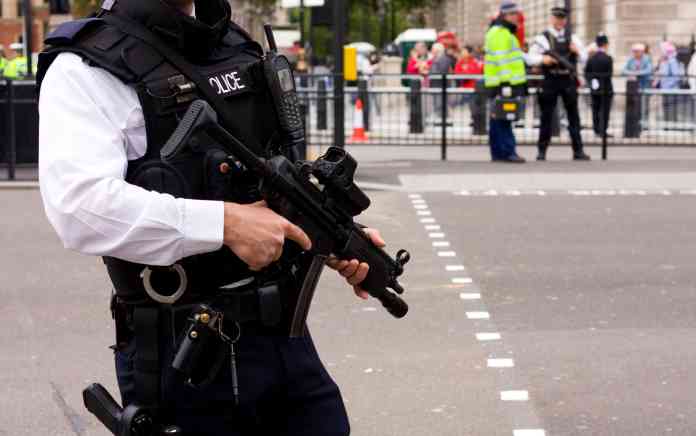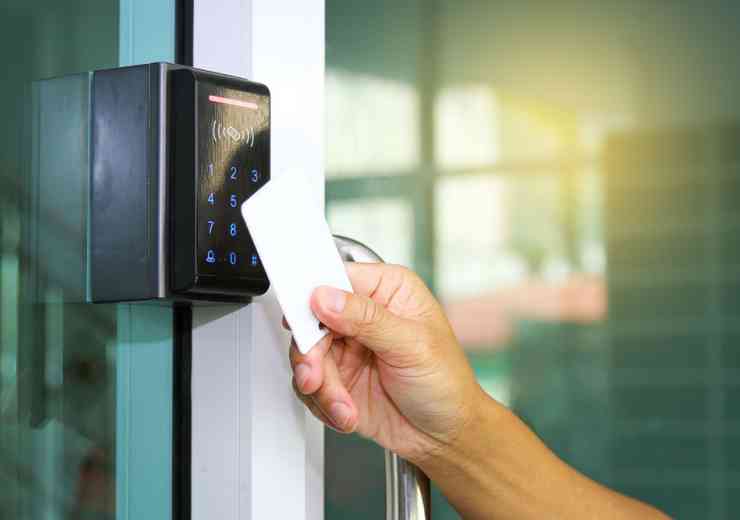Armed officers to wear head-mounted cameras

Armed Metropolitan Police officers are to be given head-mounted cameras in an effort to provide ‘greater transparency’ in police shootings, the police force says.
The Metropolitan Police said officers in its armed response units will have cameras fitted to baseball caps and helmets to give ‘documented and accurate’ account of situations.
The body-mounted cameras had been trialled before, but in 2015 they were deemed ‘unfit-for-purpose’. Police watchdog Independent Police Complaints Commission (IPCC) said during the trial the positioning of the cameras on officers’ bodies had obscured the quality of some footage. The Met says that head cameras are a better option.
The firearms command will receive around 1,000 cameras, and is part of ‘the largest rollout of body worn cameras by police in the world’.
The introduction of body-mounted cameras came after the Met was criticised over the death of Mark Duggan, who was shot by armed officers in August 2011, resulting in riots across England.
Body-mounted cameras have already been issued to frontline officers in 30 of the 32 London boroughs, as well as to officers from the roads and transport units, the territorial support and the dog unit.
The deployment of 22,000 cameras is anticipated to be complete by the end of October.
Commander Matt Twist said: “It provides a documented and accurate account of the threats officers face and the split second decisions they make.
"The cameras also offer greater transparency for those in front of the camera as well as those behind it."
Sadiq Khan, Mayor of London, said the cameras were ‘a huge step forward in bringing our capital's police force into the 21st century and building trust and confidence in the city's policing’.
The news comes as a new report called Smile you’re on body-worn camera part II - police is published by Big Brother Watch. The report found, based on responses from 45 police forces, that: 47,922 body-worn cameras have been purchased by UK police forces; 71 per cent of forces use body-worn cameras; four forces were in the process of trialling or rolling out body-worn cameras for the first time; 12 per cent of forces do not use body-worn cameras and do not have any trials or roll outs planned; and in total £22,703,235 has been spent on the cameras.
The report also revealed that neither the Crown Prosecution Service nor the police said how often footage had been used in court proceedings, that 19 forces use body-worn cameras made by Reveal, that Axon supply 26,395 cameras to forces, and that three forces provided information relating to trials of body worn cameras which had been undertaken.
In light of the findings, Big Brother Watch has made three policy recommendations. It recommends that data must be collated and published to show how often the cameras are used as evidence during court proceedings, that forces must publish regular transparency reports to show how body-worn cameras are being used in day to day policing, and that forces should ensure all body-worn cameras deployed feature a visual aid and screen showing clearly when the citizen is being filmed. Protection of data when at rest or in transit must be standard.
digital issue



















